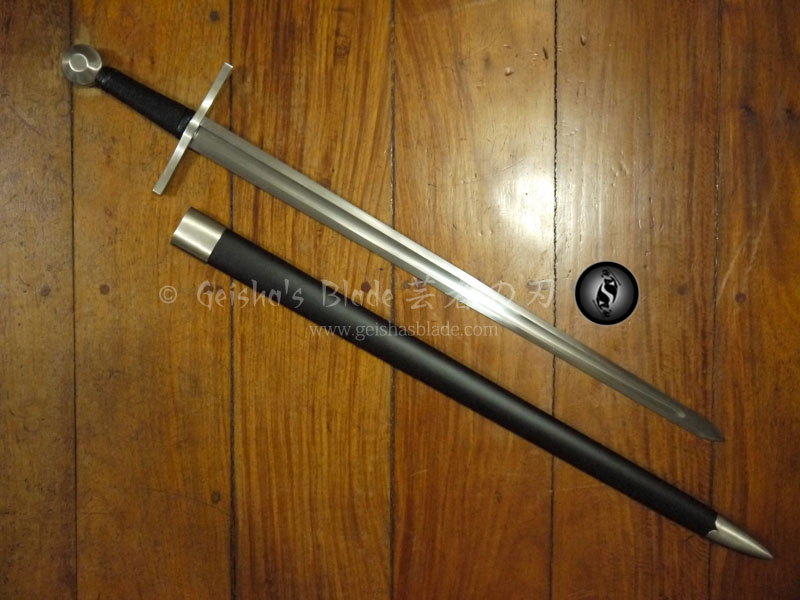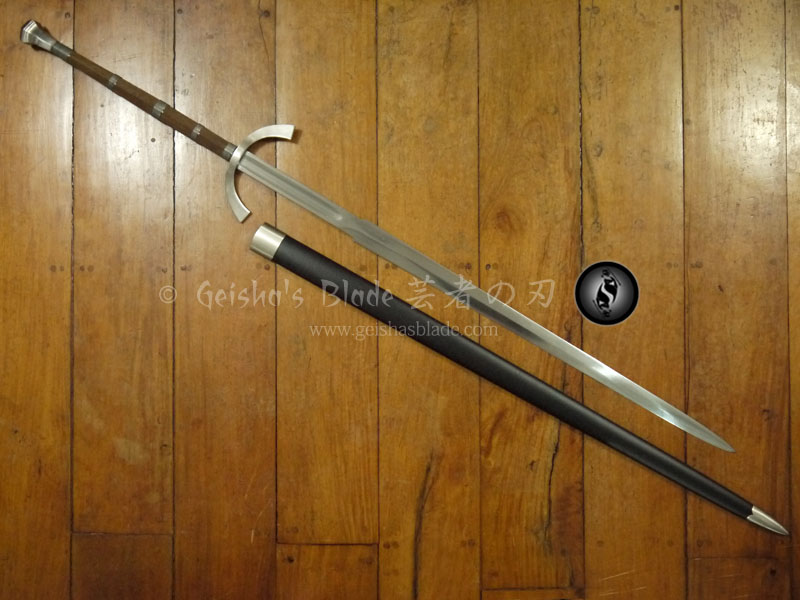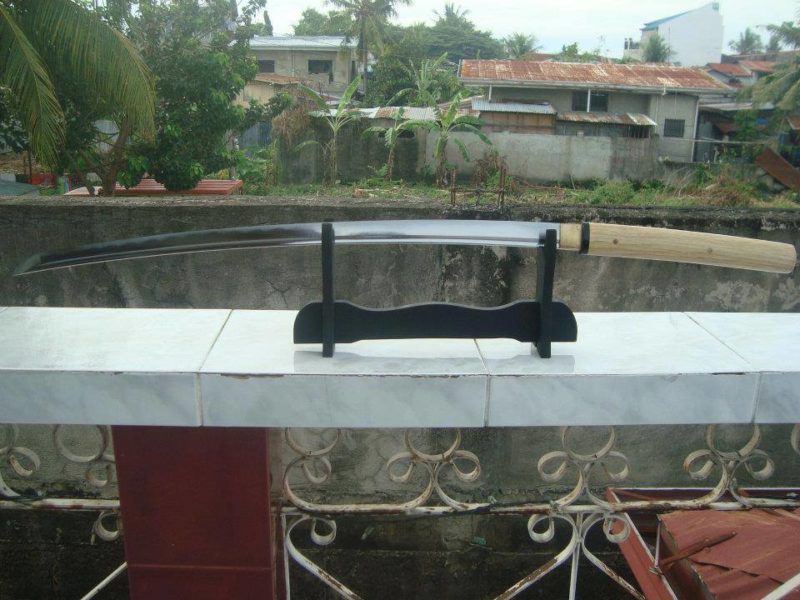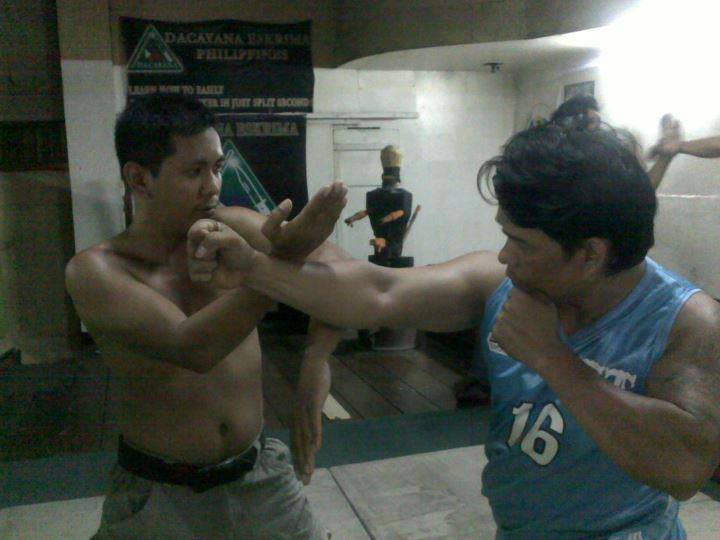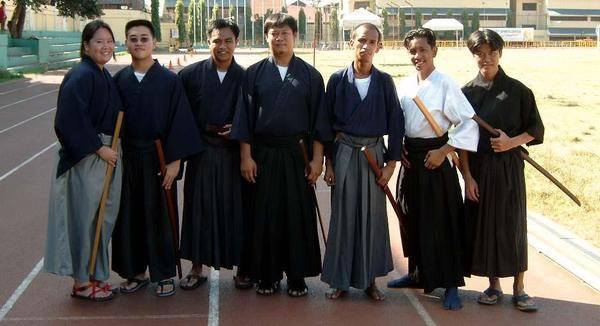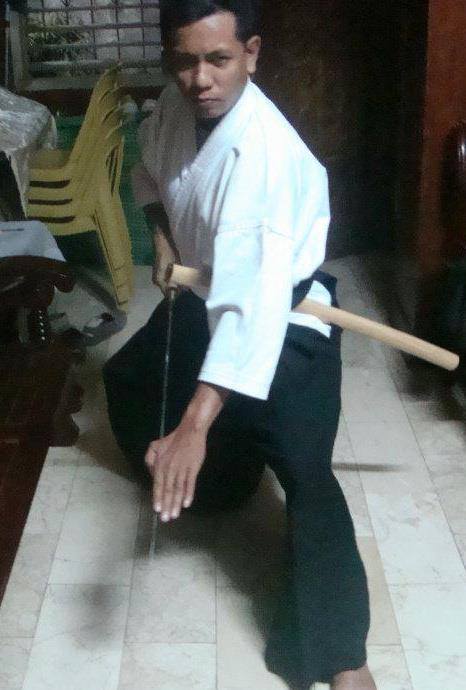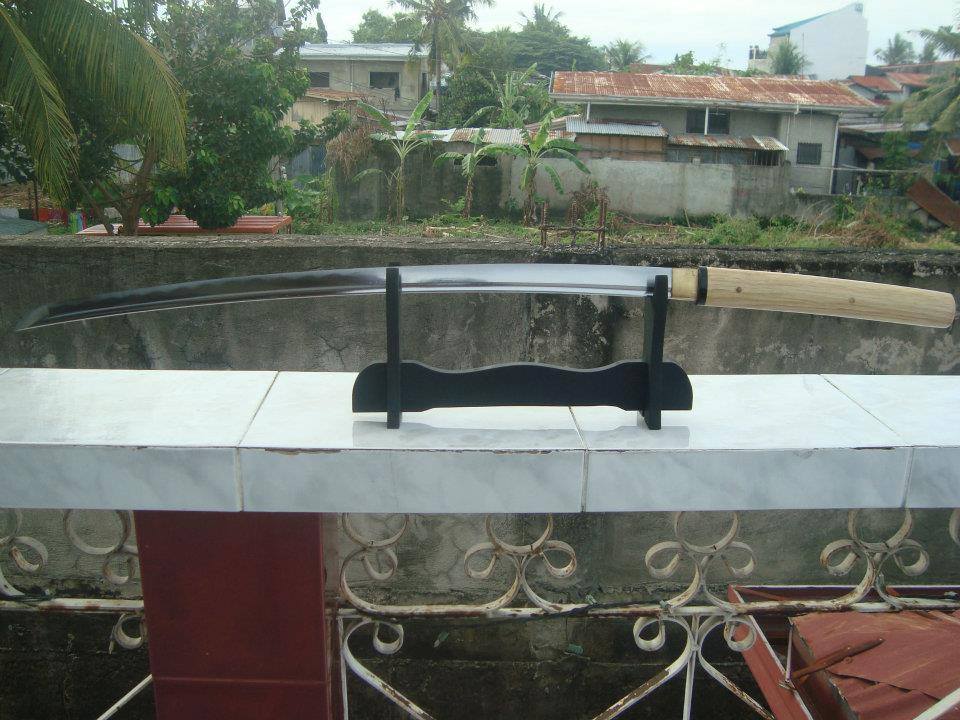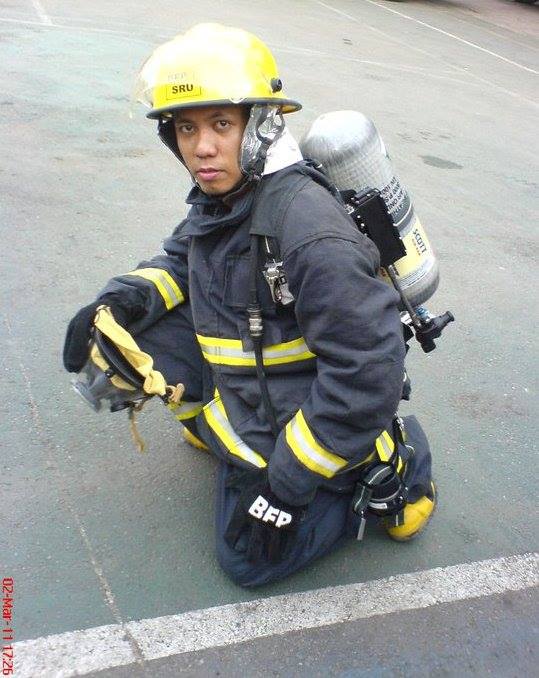Written by Fulbert Navarro – Cebu, Philippines
Musha Shugyo or a warrior’s pilgrimage is a concept adopted by the Japanese samurai where the individual goes out of the comforts and safety of his family and school, on a journey, travelling the world to seek out his inner self and acquire knowledge through unconventional means. My journey with the way of the sword is no different.
I began my journey through the world of martial arts very late – I was in my late teens. Martial arts was never for me during my childhood as I grew up an asthmatic, sickly child, with a small body frame. A little physical activity and that would spell out a trip to the nebulizer. This weakness made me an easy prey to bullies at school and gave me very little self-confidence and self-esteem. Martial arts was all over the surroundings during my childhood. In fact, I had always took interest in ancient weaponry, however I never had the chance at martial arts or was too afraid to try it out for myself.
A Warrior is Born: the Eskrimador
During my basic training as a recruit at Camp Vicente Lim in Canlubang, Laguna, eskrima or kali was staple martial art taught to us. All uniformed personnel throughout the Philippines was trained in Pekiti Tirsia Kali style of eskrima. Pekiti Tirsia Kali is the official kali/eskrima style adopted by the Philippine Marines, PNP-SAF, and several select special units in the military. We were made to do repetitive drills day-in and day-out. But my passion for martial arts did not start from there.
Admittedly, I took inspiration from what martial arts I could see from movies and video games and wished that someday I may get to practice it for real. My chance came through my college friend who was an eskrimador. Immediately, I took it upon myself to learn a few basics in eskrima. Lessons were very easy to learn, yet it was too basic. I was craving for more. So I went to the library and dug deeper into the history of the very first martial art that was taught to me. Eskrima came in many names. Some call it arnis, pagkali-kali, kali, yantok, and eskrima. But really, they are all one and the same. I bought my first book in Eskrima which was written by Remy Amador Presas of Modern Arnis. The simplicity, efficiency, practicality, and wide variety of bladed and non-bladed weapons of eskrima, were all pleasing to my interests that I immediately decided to practice it further.
However, there are many questions that cannot be answered by whatever that was written on the books and the techniques and applications are so limited that me and my friend resorted to just trying to figure out things in the dark. This is the time I felt the need to be formally trained under a qualified teacher. And so, I searched for a teacher willing to impart his knowledge to me.
Fortunately, I found a teacher. His name was Master Albeto Dacayana Jr. of the Dacayana Eskrima System. He was my first real teacher in martial arts and built my real foundations in the interest of martial arts. Under his careful watch, I found myself learning a very beautiful martial art of my own people that was rich in history and culture. I learned that in ancient Filipino society, there exists a warrior caste where the members are carefully selected from the rest of the members of the society who are non-slaves. The more I practiced Eskrima, the more I felt proud of my country and our warrior ancestors who practices what the rest of the world now considers one of the most dangerous martial arts.
However, my thirst for knowledge in the world of martial arts, particularly at systems that had incorporated the use of weapons grew insatiable.
The day came when I asked my teacher if it is acceptable and not a taboo for me, his student, to learn from other systems. To this day, I can never forget his words to me, “Always have an empty cup.” Meaning, learning is a never ending process. Never allow yourself to be contented of your current situation. I then searched for another weapons based martial arts system.
The Samurai and the Way of the Warrior
I have always been fascinated with Japanese martial arts, most especially on how they were depicted in movies. I grew up to the movies, Karate Kid, American Ninja, Shogun Assassin, and Highlander where Japanese martial arts and weapons were extensively used. Later, I would learn that none of those in the movies were ever true and a lot of them were just myths.
It was by fate and fortune that I found a dojo in Cebu that offers a very rarely found martial art in the entire Philippines – Kenjutsu, otherwise known as the art of Japanese fencing. The dojo teaches two schools of classical Japanese fencing, these are Ishikawa Ichiden Ryu and Hyoho Niten Ichi Ryu. There are only four ryu-ha I know to have existed here in the Philippines, two are in Manila, two are here in Cebu City.
As kenjutsu and eskrima are both weapons-based systems, I easily adapted to the principles and philosophies of the Japanese sword – the Katana. Under the two schools, I was taught the proper way to wield the sword, how to use it, court etiquettes, Japanese culture, and language. I learned to distinguish fact from pure myth surrounding the Japanese sword. And the facts were quite an eye-opener and brutally honest such as the myth of the indestructibility of the katana and the “magic” surrounding on how it was forged.
The more I practiced the way of the sword, the more I fell in love with the katana. I was longing to own a katana. Even a replica would do.
The Katana: A Class of its Own
The very first katana I had was bought from Geisha’s Blade – the first and only high-quality Samurai Sword shop in the Philippines. It was a 1050 carbon steel blade in a shirasaya (storage mount) setting. Though the blade was forged in China, it was beautifully and artistically made. Every bit of it was almost flawless, and most importantly, the sword is functional. Provided that the user of the blade was responsible enough, it was perfectly safe to use for cutting down recommended targets like tatami, water bottles, and banana stalks.
A real traditional Nihonto (katana forged in Japan) is very expensive as the process on how it was made remained the same throughout the centuries. It was forged from Tamahagane or jewel steel. It is a jewel as steel in Japan back in the ancient days is very rare and expensive to produce. Japan does not have a good source of iron for their steel, so they resorted to using Satetsu or iron sand that can be extracted at river silt and sand. They smelted it for three days and three nights on a charcoal fired crucible called a tatara. Of the resulting almost 1 ton steel, only the finest chips are sent to swordsmiths all over Japan while the rest are sold to be made into farm tools and kitchen knives.
In the modern times, advances in science and technology made modern steel of better quality in wider availability thus allowing almost anyone to forge a katana. Like all blades, the structure and geometry of the katana is well-thought of. The design matches very well the purpose of the blade – an efficient weapon that is meant to slice through a man with little effort.
Benefits of Martial Arts
Believe it or not, the health benefit of practicing martial arts is no myth. For thousands of years, voluminous records from ancient China and India consistently connect a healthy body to the regular practice of martial arts. Tai Chi and Kalaripayattu are two examples of martial arts that both claim to have positive effects on the practitioner. Martial arts teaches and encourages the practitioner how to breathe properly, perform routinary and repetitive sets of exercises that promote better blood circulation, muscle stimulating and relaxing exercises, concentration, and a lot of stretching. It also encourages the practitioner to know how the human body works and a better understanding of himself.
Personally, I can attest to the health benefits of martial arts practice. My years of suffering from asthma ended the day I started to practice it. It is personally, a liberating experience as I had been liberated from my bondage to anti-asthma inhalers and nebulizers.
I hope more people will take time to try out martial arts and understand its principles and philosophies. Believe me, the benefits outweigh the risks. To those who are already practicing, I am honored to share to you my teacher’s advice, “Always have an empty cup.” Your journey as a warrior had just begun.

